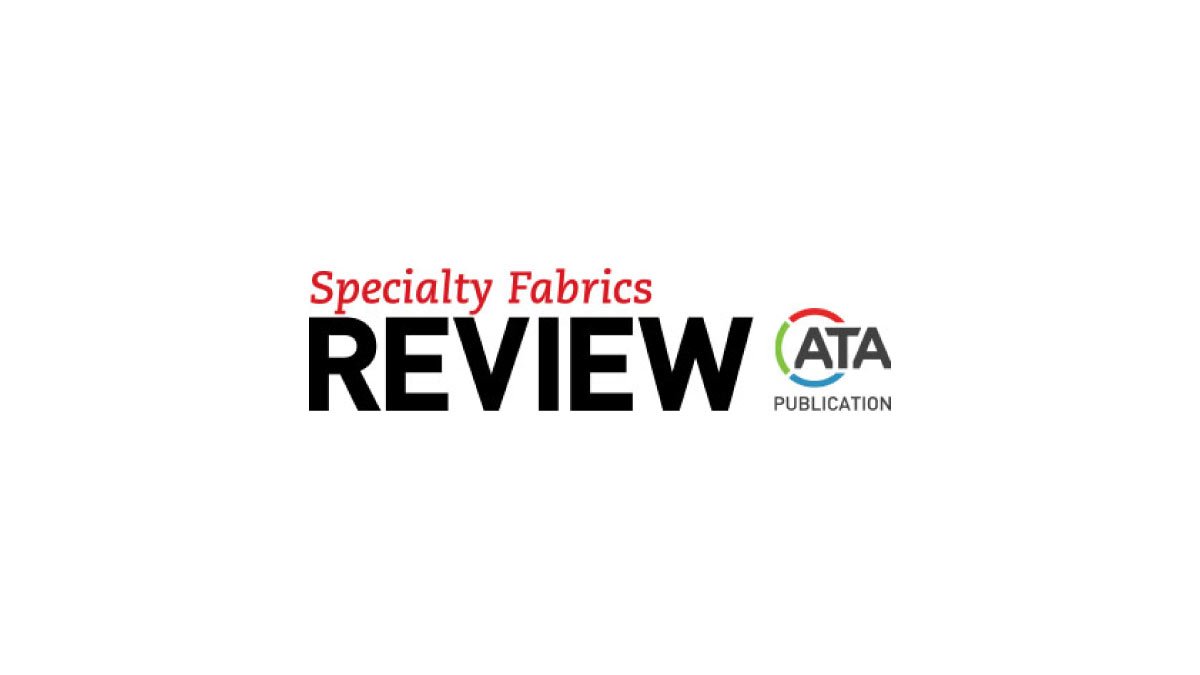President Donald Trump announced Jan. 20 that his administration plans to impose a 25% tariff on Mexico and Canada. This tariff would take effect Feb. 1.
The tariffs he imposed on China during his first administration are still in effect, as President Joe Biden mostly left them untouched. When asked about universal tariffs, Trump said “We may, but we’re not ready for that just yet.”
During the 2024 election campaign, Trump suggested implementing 10–20% tariffs on all countries, and putting levies as high as 60% on Chinese goods.
What the textiles industry needs to know
Advanced Textiles Association (ATA) hosted a webinar Jan. 15, “Future of China Section 301 Tariffs and the Exclusion Process,” to help the industry understand what might happen in the early days of Trump’s second term and how they can advocate for exclusions.
Connor Brantley, legislative director at Whitmer & Worrall and one of the two webinar hosts, said that most tariff exclusions are successful if they have a compelling care for why goods cannot be sourced in the U.S. and how that directly impacts consumers.
“If there is an opportunity with an exclusion process, the people who get it are the ones who work through the whole process,” said Brantley.
He also suggests starting relationships with one’s members of Congress, as the legislative body typically listens to its constituents and helps them advocate for exclusions. While it can be a laborious process, it is often fruitful.
Furthermore, when asked if ATA members would benefit from banding together to comment on any proposed rules or advocate with Congress, Brantley answered with an emphatic “yes”—the more noise, the better.
“There’s always power in numbers. They can’t ignore a group,” said Brantley. “If you have a bigger group, you’ll have a bigger footprint.”







Leave A Comment